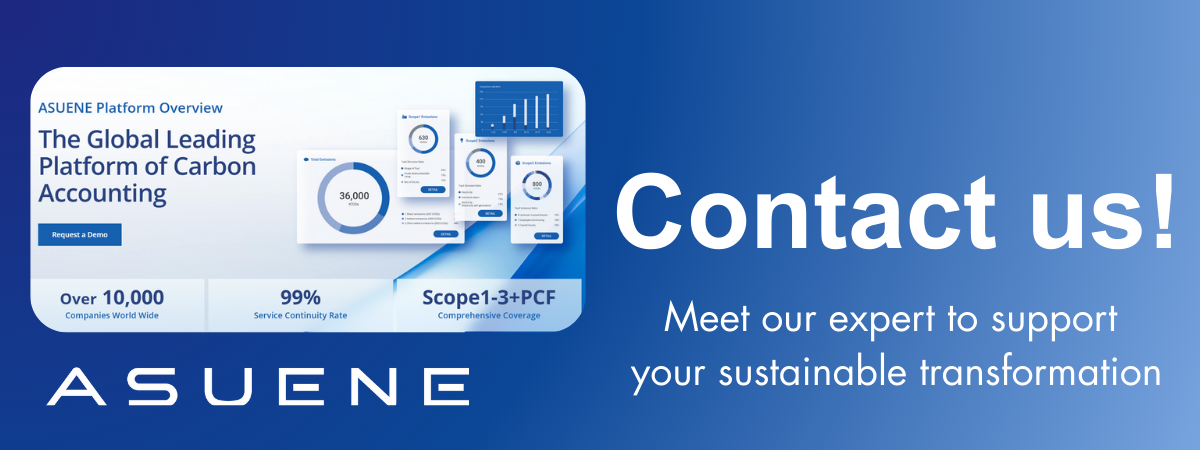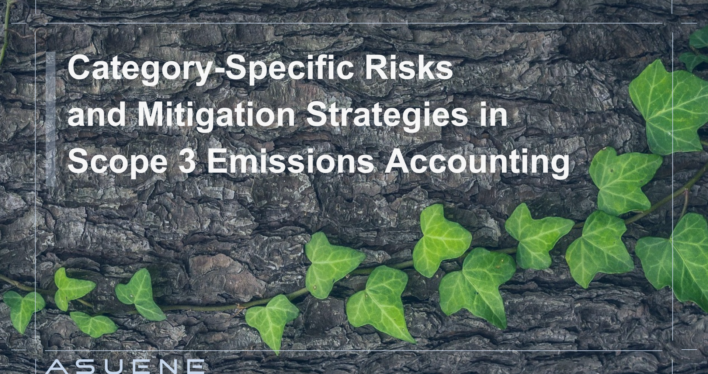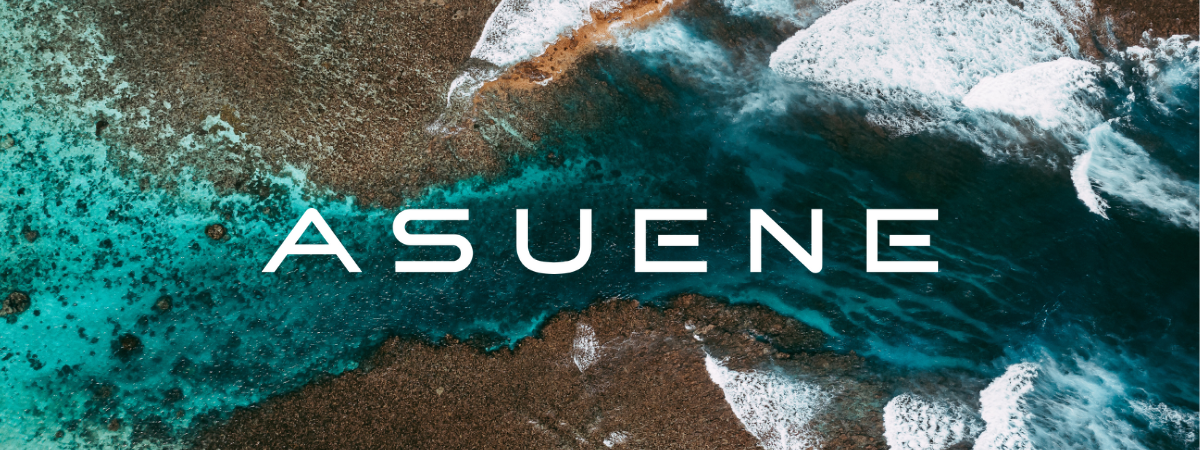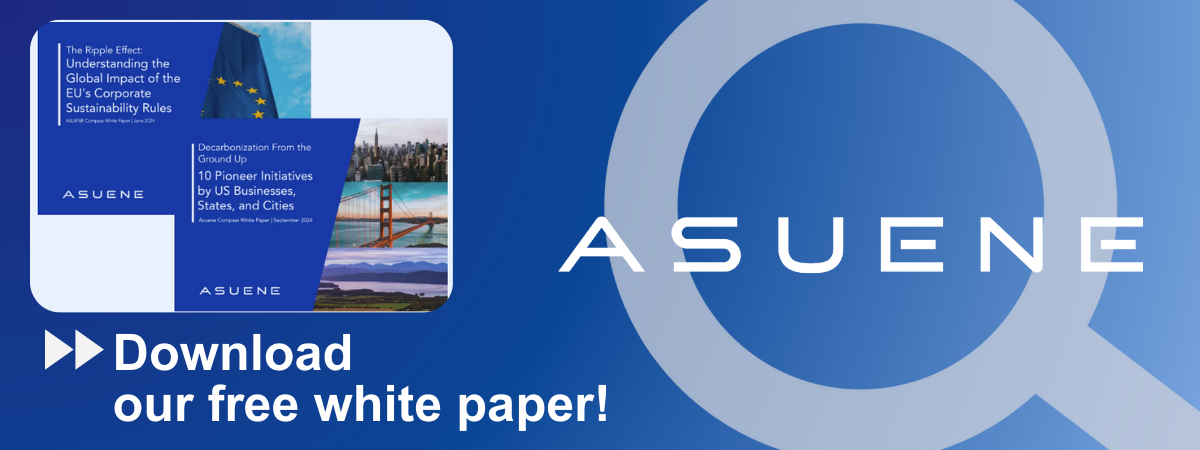- Article Summary
-
Introduction
Scope 3 emissions—the indirect emissions that occur across a company’s value chain—typically account for the majority of a business’s carbon footprint. For many industries, such as consumer goods, automotive, and technology, Scope 3 can represent over 80% of total emissions. As climate disclosure standards like TCFD, CDP, and SBTi become more demanding, companies are under increasing pressure to accurately calculate, disclose, and mitigate Scope 3 emissions. This article outlines key category-based risks within Scope 3 accounting and provides strategic guidance on how companies can strengthen their climate performance through targeted mitigation measures.
Understanding Scope 3 Categories and Data Complexity
The Greenhouse Gas Protocol defines 15 categories of Scope 3 emissions, ranging from purchased goods and services to end-of-life treatment of sold products. Among these, the most material categories typically include:
- Category 1: Purchased goods and services
- Category 3: Fuel- and energy-related activities not included in Scope 1 or 2
- Category 4: Upstream transportation and distribution
- Category 6: Business travel
- Category 9: Downstream transportation and distribution
- Category 11: Use of sold products
Each of these categories presents unique data collection and modeling challenges. For instance, Category 1 requires detailed procurement-level data on supplier emissions factors, while Category 11 involves modeling the lifecycle emissions of products in consumer use, which can vary dramatically by region, behavior, and product type.

Figure 1 summarizes the typical emission share and data availability by category, providing a visual landscape of Scope 3 accounting difficulty.
Figure 1: Scope 3 Emission Share vs. Data Availability by Category
| Category | Typical Emission Share | Data Availability | Complexity Level |
|---|---|---|---|
| Purchased Goods & Services | High | Low | High |
| Business Travel | Low | High | Low |
| Use of Sold Products | High | Medium | High |
| Upstream Transportation | Medium | Medium | Medium |
| Capital Goods | Medium | Low | High |
Risk Exposure by Category: Strategic Implications
Risks tied to Scope 3 emissions vary by category. In Category 1, exposure includes supplier emissions transparency and resilience to climate regulation. For Category 11, reputational risk may arise if high-emitting products are sold without clear consumer guidance or improvement targets. Regulatory pressure is also rising: for example, the EU’s Corporate Sustainability Reporting Directive (CSRD) mandates value-chain level carbon disclosures.
Figure 2: Scope 3 Category Risk Matrix
| Category | Transition Risk | Reputational Risk | Regulatory Risk |
| Purchased Goods & Services | High | Medium | High |
| Use of Sold Products | Medium | High | Medium |
| Business Travel | Low | Low | Low |
| Capital Goods | Medium | Medium | High |
| Waste from Operations | Low | Medium | Medium |
Mitigation Strategies and Engagement Tactics
To address these risks, companies are adopting a combination of modeling, engagement, and policy alignment strategies:
- Supplier Engagement: Building Scope 3 data through supplier questionnaires, ESG scorecards, and emissions disclosure platforms (e.g., CDP Supply Chain).
- Product Innovation: Reducing downstream emissions by redesigning products for energy efficiency, circular use, and lower-carbon usage phases.
- Proxy and Hybrid Methods: For low-visibility categories, blending spend-based and activity-based methods helps increase accuracy without requiring exhaustive data.
- Internal Incentives: Linking procurement or R&D KPIs to Scope 3 targets to embed carbon consciousness in decision-making.
Figure 3: Mitigation Toolkit for Major Scope 3 Categories
| Category | Key Action | Tools/Approach |
| Purchased Goods & Services | Supplier collaboration | CDP Supply Chain, LCA, surveys |
| Use of Sold Products | Product design | Lifecycle modeling, IoT tracking |
| Upstream Transportation | Modal shift, logistics optimization | TMS platforms, route planning |
| Capital Goods | Embedded carbon analysis | EPDs, engineering data |
Conclusion
Scope 3 accounting is no longer optional—it is now a critical factor in climate credibility and ESG performance. Category-specific risk assessment enables companies to focus efforts where emissions are most material and most actionable. Through supplier engagement, digital tools, internal incentives, and scenario-informed reporting, firms can transform Scope 3 challenges into competitive advantages. As global disclosure expectations rise, those who lead on transparent and strategic Scope 3 mitigation will earn investor trust and regulatory resilience.
Why Work with ASUENE Inc.?
Asuene is a key player in carbon accounting, offering a comprehensive platform that measures, reduces, and reports emissions, including Scope 1-3, with expertise in decarbonization. Asuene serves over 10,000 clients worldwide, providing an all-in-one solution that integrates GHG accounting, ESG supply chain management, a Carbon Credit exchange platform, and third-party verification.
ASUENE supports companies in achieving net-zero goals through advanced technology, consulting services, and an extensive network.


